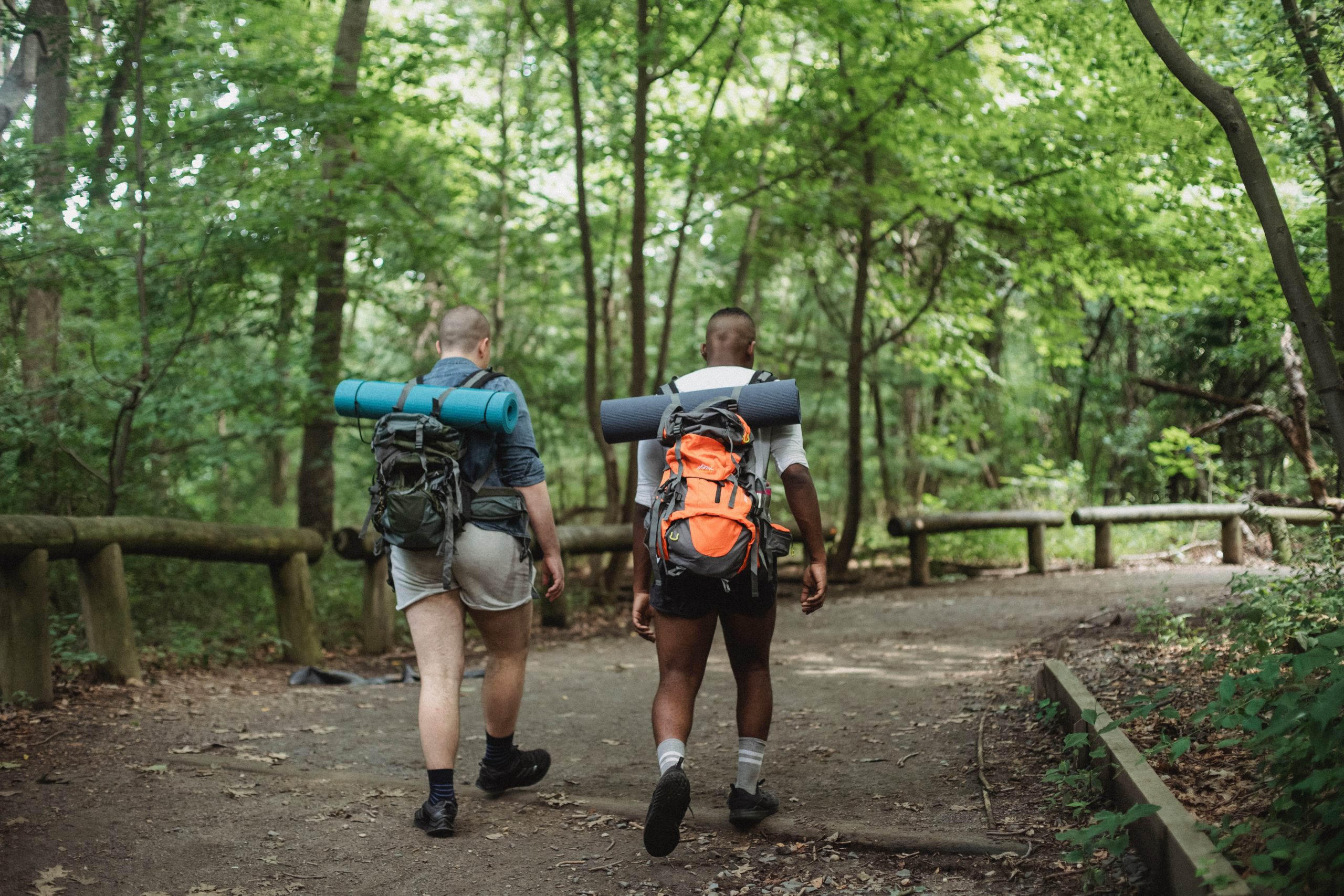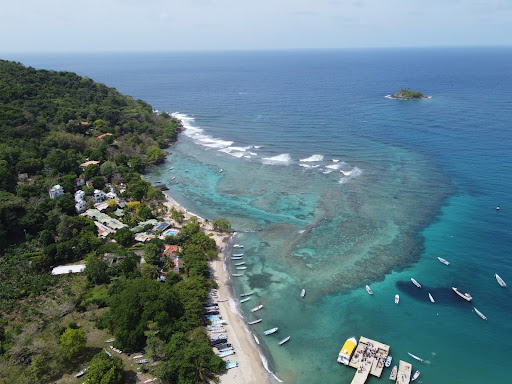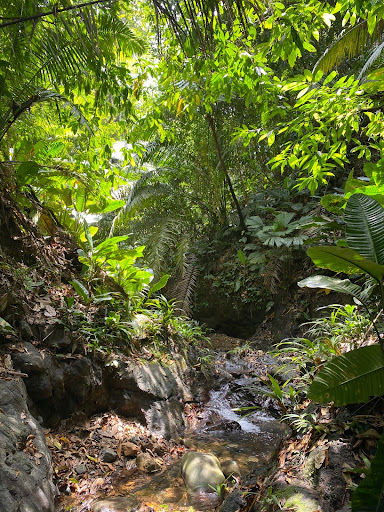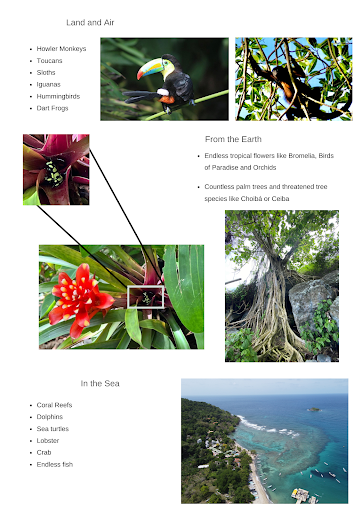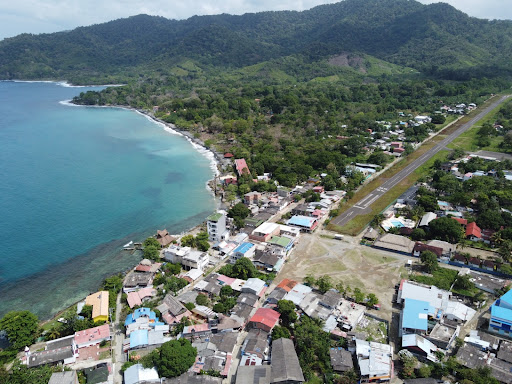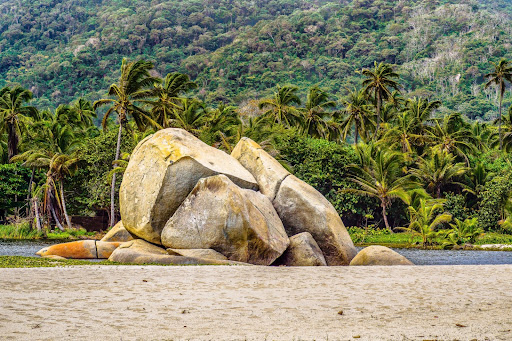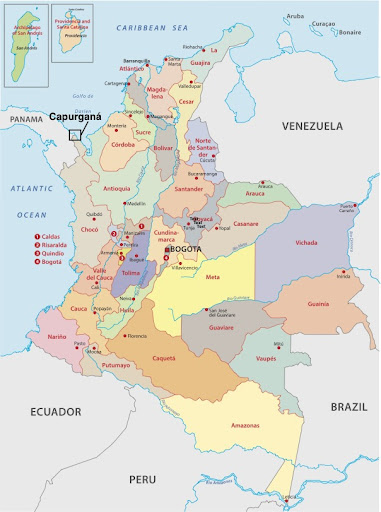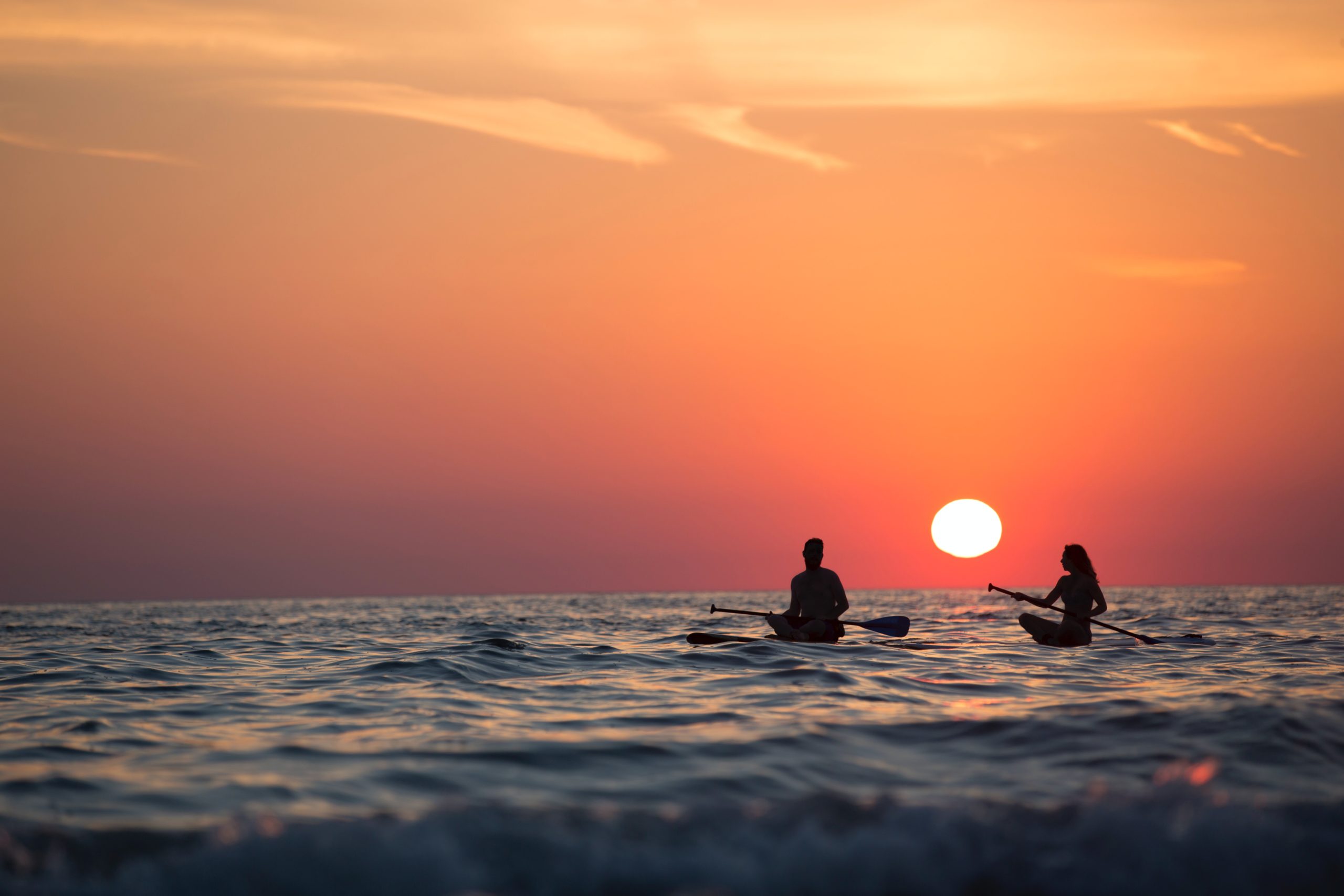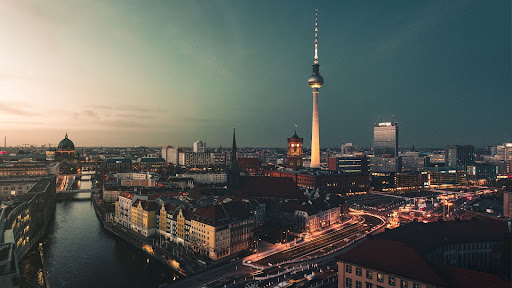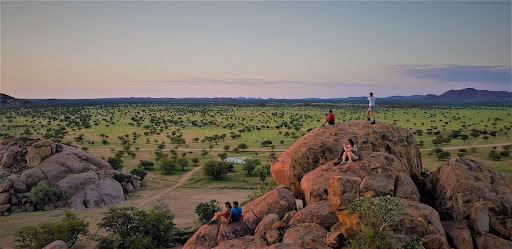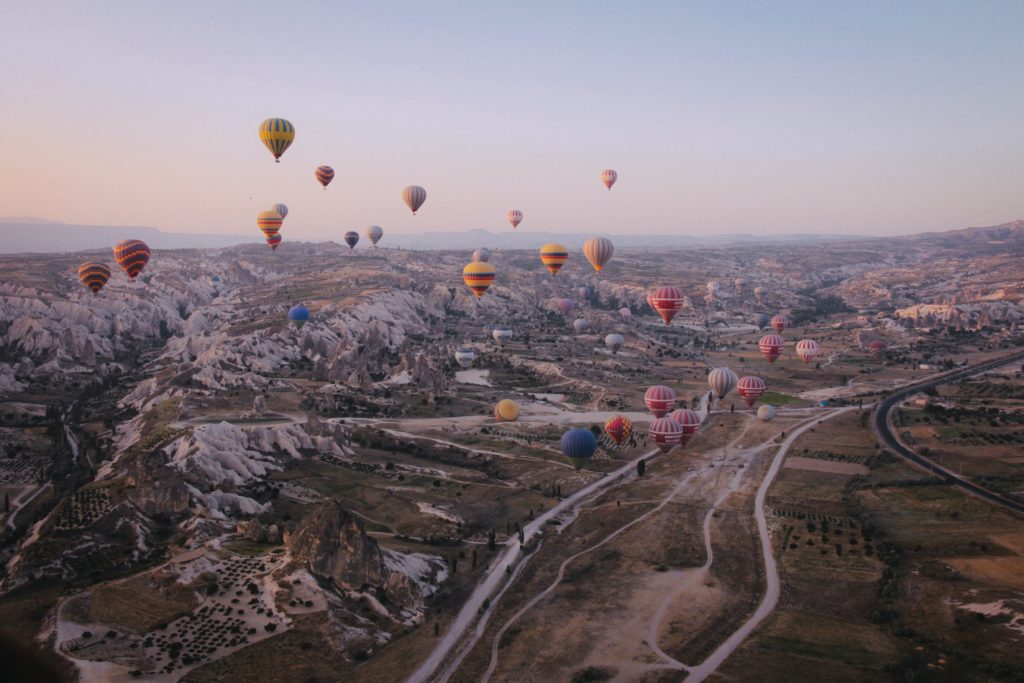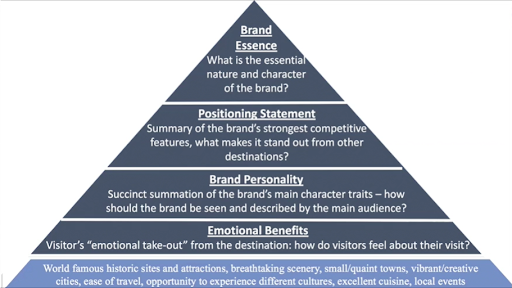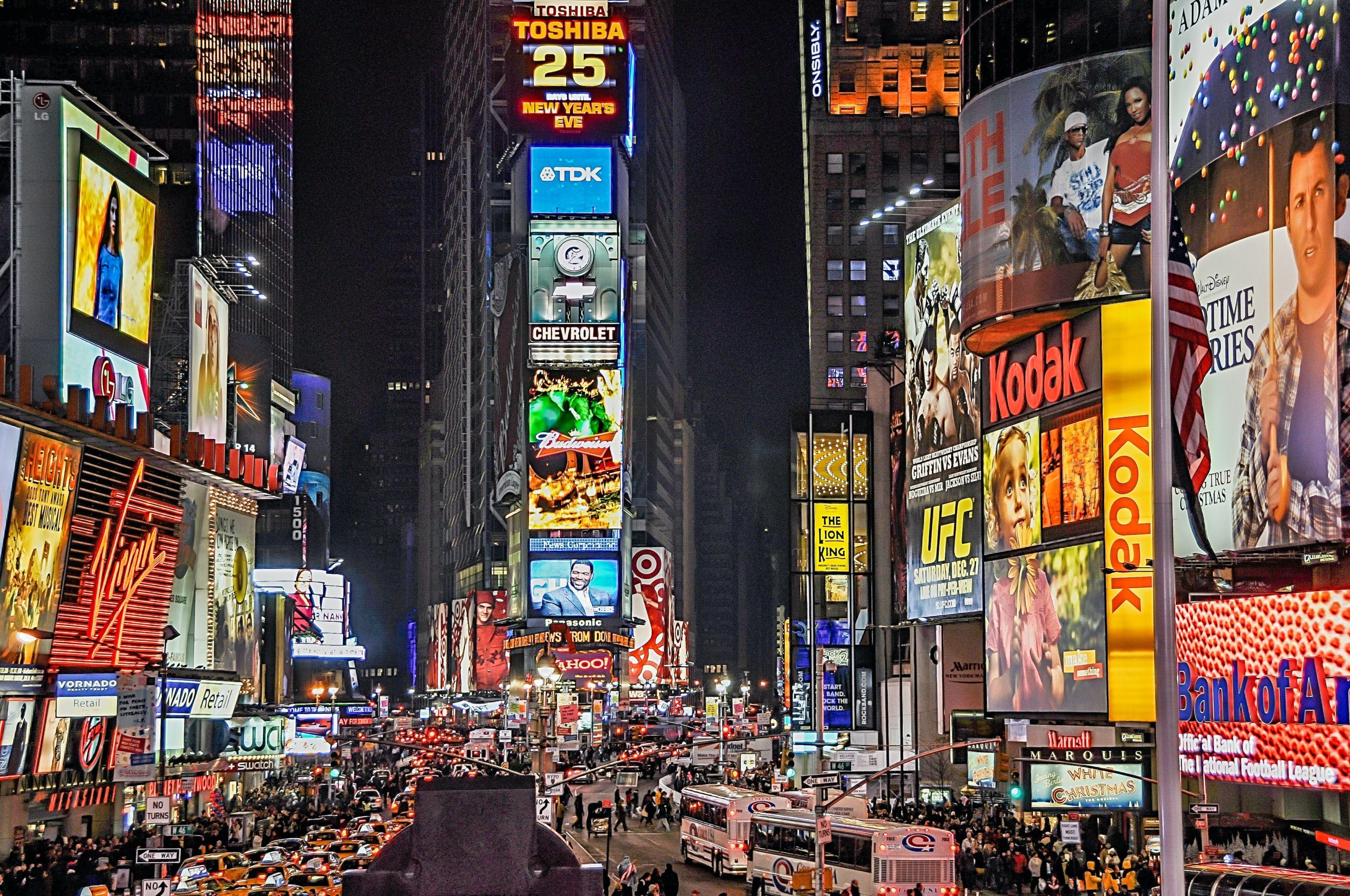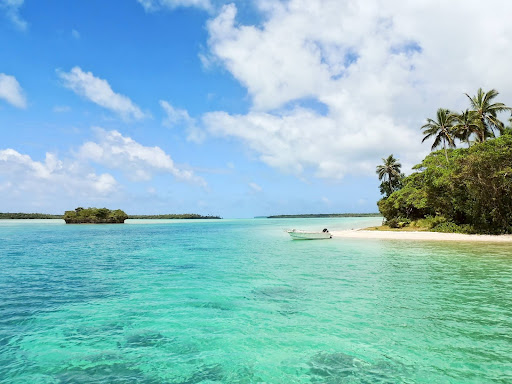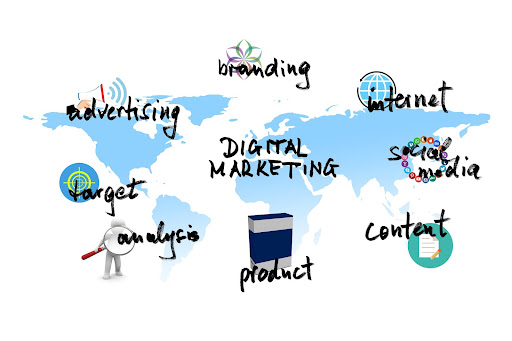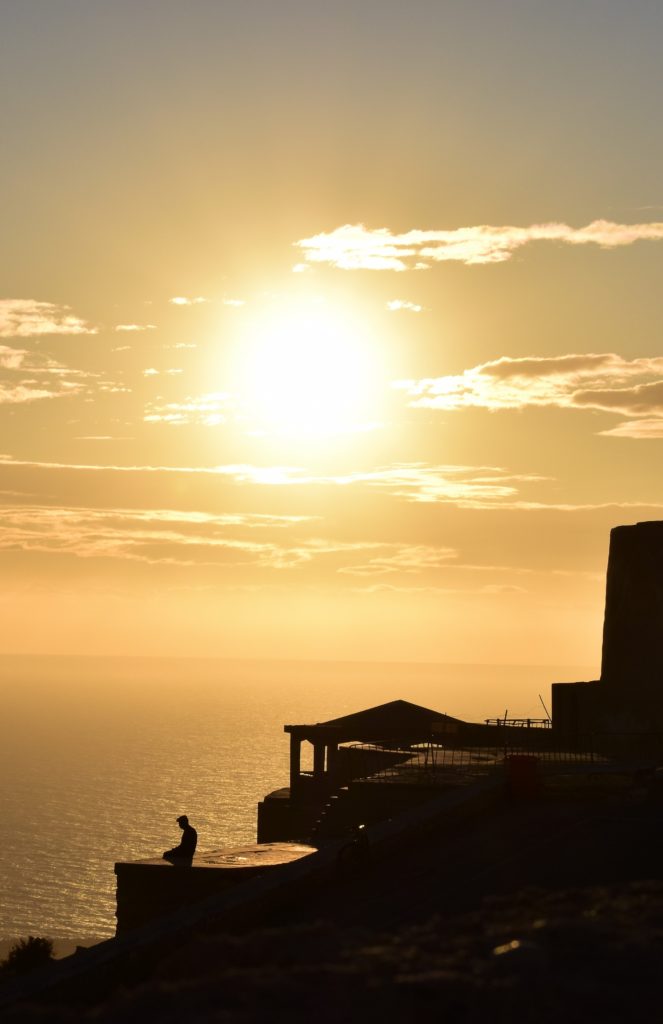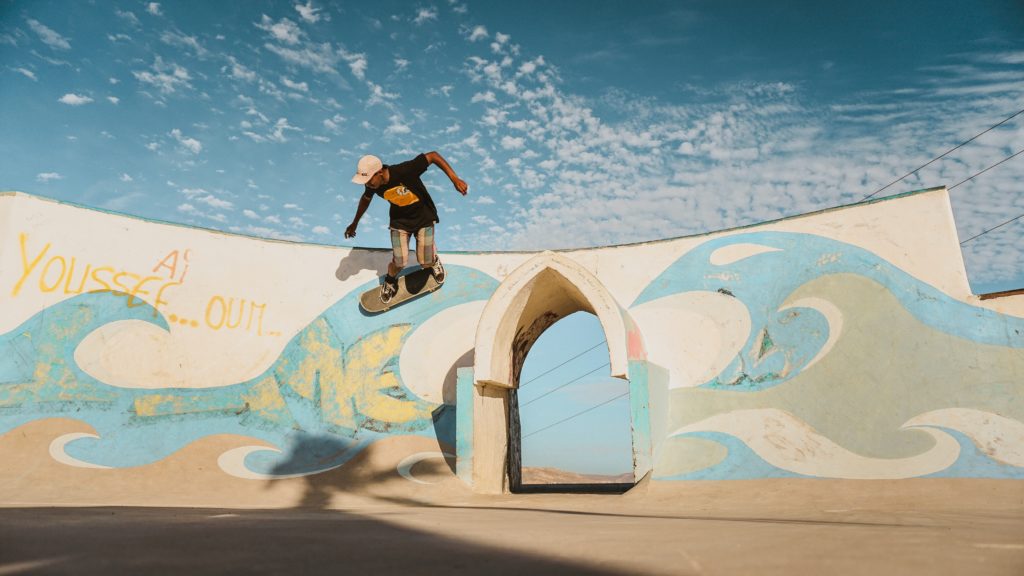The Great Smoky Mountains National Park, colloquially called the Smokies, is far more than protected national lands to locals and visitors. Before its establishment as a national park in 1934, the Smokies were home to hundreds of local farmers and paper manufacturers. The ethos of these self-sustaining locals prevailed long after the establishment of the park into the present day. For thousands of years before, Native Americans and thousands of native species were home to this beautiful park. Now, the park is known as one of the most ecologically rich landscapes in the United States. Today, locals share significant pride in calling the mountains their home. Millions of tourists come each year not only to experience the beauty of the mountains, but also to learn the local history, to engage seriously with nature, and to enjoy the culture of mountain locals.
The Smokies occupy a unique role as habitat, as nationally protected land, and as a cultural enclave for thousands. What makes visiting the Smokies stand out from other experiences, however, is the interplay between these roles. The below 7 are just a few of the reasons why the Great Smoky Mountains are so unforgettable to national park visitors.
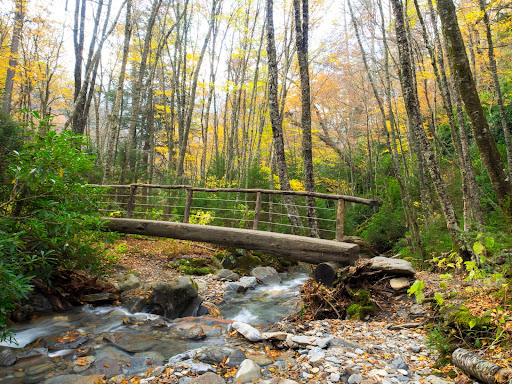
1. Mountain Biodiversity
The Great Smoky Mountains is well-known for its rich biodiversity. Among the national parks in the United States, the Smokies boast the most recorded plant and animal species. As of 2021, over twenty thousand organisms have been found in the Smoky Mountains alone, and over one thousand of them are unique to the National Park territory. Scientists believe that this does not account for thousands more plant and animal species that remain undocumented in the mountains. This makes great opportunities for wildlife enthusiasts and travelers who wish to connect with the natural environment.
2. Historic Downtown Gatlinburg
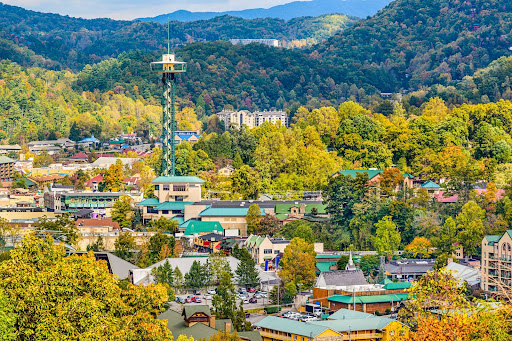
Gatlinburg is known as the opening gateway to the Great Smoky Mountains. Nestled amid the thick of the green forested landscape, Gatlinburg has a bustling tourist economy that serves its millions of visitors. The town of Gatlinburg hosts the historic home of the town’s first settler family and the popular Tennessee Heritage Trail, which both tell stories of the town’s early days. Another site of interest is the Arrowmont School of Arts and Crafts, a famous arts school founded in partnership between the local Pi Beta Phi school and the University of Tennessee. Throughout downtown are a number of locally-owned shops and enterprises, each of which hold their own local legacies. Whatever your interest is, there are dozens of ways to immerse yourself in the ongoing history of downtown Gatlinburg.
3. Local Artisans
Local artists and craftsmen give the foothills of the Smoky Mountains a one-of-a-kind creative environment. Inspired by the local culture of southern Appalachia and the broader East Tennessee arts and crafts community, artisans of the Smokies have much to offer visitors. While in Gatlinburg, feel free to visit any number of local arts and crafts venues. The proceeds support local businesses, which enable them to continue to produce high-quality, one-of-a-kind products and services to tourists and locals alike. You can also rest assured that purchases from local artisans is a sustainable practice. Most goods are produced using local materials, meaning that goods and services around the Smokies are distinct in their making and planet-friendly to the core.
4. Experiences for All Ages
At the Smokies, there are a variety of events to keep people of all ages engaged. The Arrowmont School offers students of all ages the opportunity to participate in educational and entertaining art workshops and classes. Hiking trails vary in lengths for different skill levels and ages. People who wish to enjoy outdoor activities can find options for children, adults, and families. Couples can enjoy the magnificent sunset view at Newfound Gap, and older visitors can soak up in a Pigeon Forge log cabin jacuzzi. The possibilities at the Smokies are nearly endless.
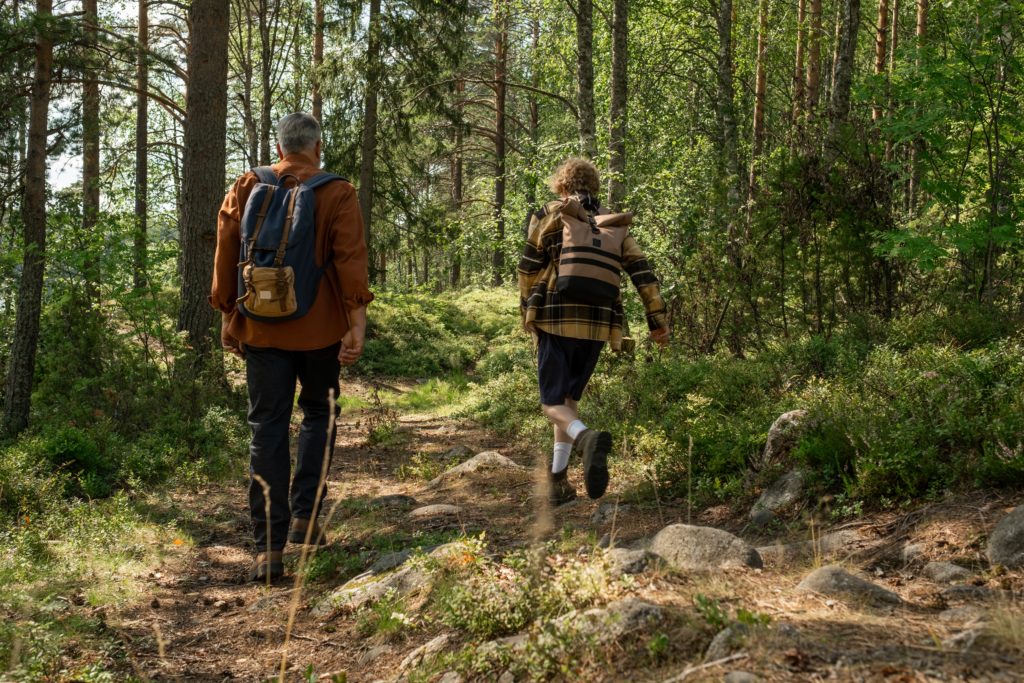
5. Strong Record of Historical Data
There are several ways to learn more about the history of the Smokies. The Database of the Smokies (DOTS) is an online tool operated through the University of Tennessee Libraries. Another digitized archival source includes The Open Parks Network, which compiles data and objects from over 20 national parks in the United States. A physical archive dedicated solely to the Great Smoky Mountains lies in Townsend, Tennessee: there, the Collections Preservation Center holds thousands of original artifacts and historical sources.
6. Opportunities to Engage Sustainably
Around the Great Smoky Mountains, there are several ways to be a sustainable tourist. Lodging in Gatlinburg and the Great Smoky Mountains can be an eco-friendly practice. For example, Camp Atagahi is one of several sustainable lodging options. Technology-free and off-the-grid, Camp Atagahi is one of many that encourages tourists to connect meaningfully with each other and to experience what the local environment has to offer. Activities like river rafting and ziplining are sustainable activities that have a strong presence in the Smokies. Even local eateries look for green options: The Local Goat in Pigeon Forge uses only locally-sourced ingredients and employment. This makes the Smokies an attractive tourist destination for sustainability-minded travelers.
7. Robust Tourism Environment
The Great Smoky Mountains National Park is the most frequently-visited national park in the United States. In 2021, the Great Smoky Mountains recorded over 14 million visitors—more visitors than any year prior. Its tourism numbers surpass other famous national parks, including the Grand Canyon National Park and Yosemite National Park. Near the Smokies of Tennessee are also a number of other tourism venues. In the nearby town of Pigeon Forge, a number of attractions and resorts abound, including the famous amusement park Dollywood and The Island resort. In Gatlinburg, there’s the Gatlinburg Space Needle, the amusement venue Ober Gatlinburg, and a scenic tram that overlooks town. Around the Smokies, you’ll find an abundance of things to do and places to visit.
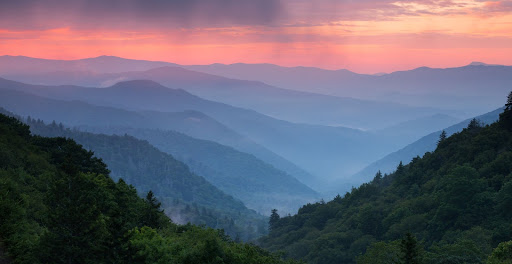
There are dozens of important and interesting national parks in the United States, but the Great Smoky Mountains National Park offers a truly unique experience that will be hard for visitors to forget. Whenever you plan to visit one of the United States’ many national parks, be sure to consider the Great Smoky Mountains as your next destination.
